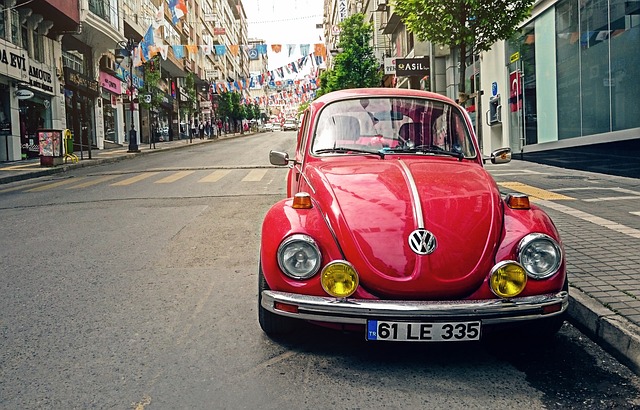Driving in the Netherlands: Rules and Regulations

The Netherlands is renowned for its picturesque landscapes, vibrant cities, and a well-organized transportation system. Whether you’re planning to explore the charming canals of Amsterdam, the tulip fields of Lisse, or the coastal beauty of Zeeland, driving in the Netherlands offers an unparalleled experience. However, before hitting the road, it’s essential to familiarize yourself with the country’s rules and regulations to ensure a safe and enjoyable journey.
1. Understanding Dutch Road Signs and Signals
Driving in the Netherlands requires attention to detail, as road signs and signals may differ from what you’re accustomed to in other countries. Here are some key points:
- Speed Limits:
- Urban areas: 50 km/h (31 mph)
- Rural roads: 80 km/h (50 mph)
- Motorways: 130 km/h (81 mph) during the day, reduced to 100 km/h (62 mph) at night.
- Residential zones: Often limited to 30 km/h (19 mph).
- Right of Way: In many cases, vehicles on roundabouts have the right of way. Pay close attention to yield signs, as failure to do so can result in fines.
- Bicycle Lanes: The Netherlands is famous for its cycling culture. Always be mindful of dedicated bike lanes, which are clearly marked. Never drive or park in these lanes, as they are strictly reserved for cyclists.
2. Licensing Requirements
If you’re visiting the Netherlands, you’ll need to ensure your driving credentials meet local standards:
- International Driving Permit (IDP): If you’re from outside the European Union (EU), you must carry a valid International Driving Permit along with your home country’s license.
- EU Licenses: Drivers from EU countries can use their national licenses without restrictions.
- Age Restrictions: The minimum age for driving in the Netherlands is 18 years old. Some rental companies may impose additional age restrictions, so always check their policies beforehand.
3. Vehicle Insurance and Documentation
Before driving in the Netherlands, make sure your vehicle is properly insured and all necessary documents are in order:
- Compulsory Insurance: Third-party liability insurance is mandatory for all vehicles. If renting a car, confirm that the rental company provides comprehensive coverage.
- Green Card: Non-EU drivers should carry a “Green Card” as proof of insurance when crossing borders into the Netherlands.
- Vehicle Registration: Ensure your vehicle has a valid registration certificate and displays the correct country identification sticker if applicable.
4. Road Safety and Etiquette
The Dutch take road safety seriously, and adherence to traffic laws is crucial:
- Seatbelts: All passengers, including those in the back seat, must wear seatbelts at all times.
- Alcohol Limits: The legal blood alcohol concentration (BAC) limit is 0.05%, but it’s advisable to avoid drinking altogether if you plan to drive.
- Mobile Phones: Using handheld devices while driving is strictly prohibited. Hands-free systems are allowed but should be used sparingly.
- Child Seats: Children under 1.35 meters (approximately 4’5″) tall must use appropriate child restraints.
5. Parking Rules and Fees
Parking in Dutch cities can be challenging, especially in urban centers like Amsterdam and Rotterdam. Here’s what you need to know:
- Paid Parking Zones: Many areas require payment for parking, either through parking meters or mobile apps. Look for blue-and-white signs indicating paid zones.
- Resident Permits: Some neighborhoods restrict parking to residents only. Avoid parking in these areas unless you have the proper permit.
- Toll Roads: While most roads in the Netherlands are toll-free, certain highways may charge fees during peak hours. Check ahead of time to avoid unexpected charges.
6. Navigating Dutch Roads
The Netherlands boasts a well-maintained network of roads and highways, making navigation relatively straightforward. However, here are a few tips to keep in mind:
- Roundabouts: The Netherlands has numerous roundabouts. Always give priority to vehicles already on the roundabout, and signal your exit appropriately.
- Highway Etiquette: Stick to the right lane unless overtaking. The left lane is reserved for faster-moving traffic.
- GPS Navigation: Use a reliable GPS device or smartphone app to help navigate unfamiliar routes. Google Maps and TomTom are popular choices among drivers.
7. Environmental Considerations
The Netherlands is committed to reducing its carbon footprint, and this extends to road travel:
- Low Emission Zones (LEZ): Several cities, including Amsterdam and Utrecht, have implemented LEZs where only vehicles meeting specific emission standards are permitted.
- Electric Vehicles (EVs): The country actively promotes EV adoption by offering incentives such as tax breaks and access to charging stations.



